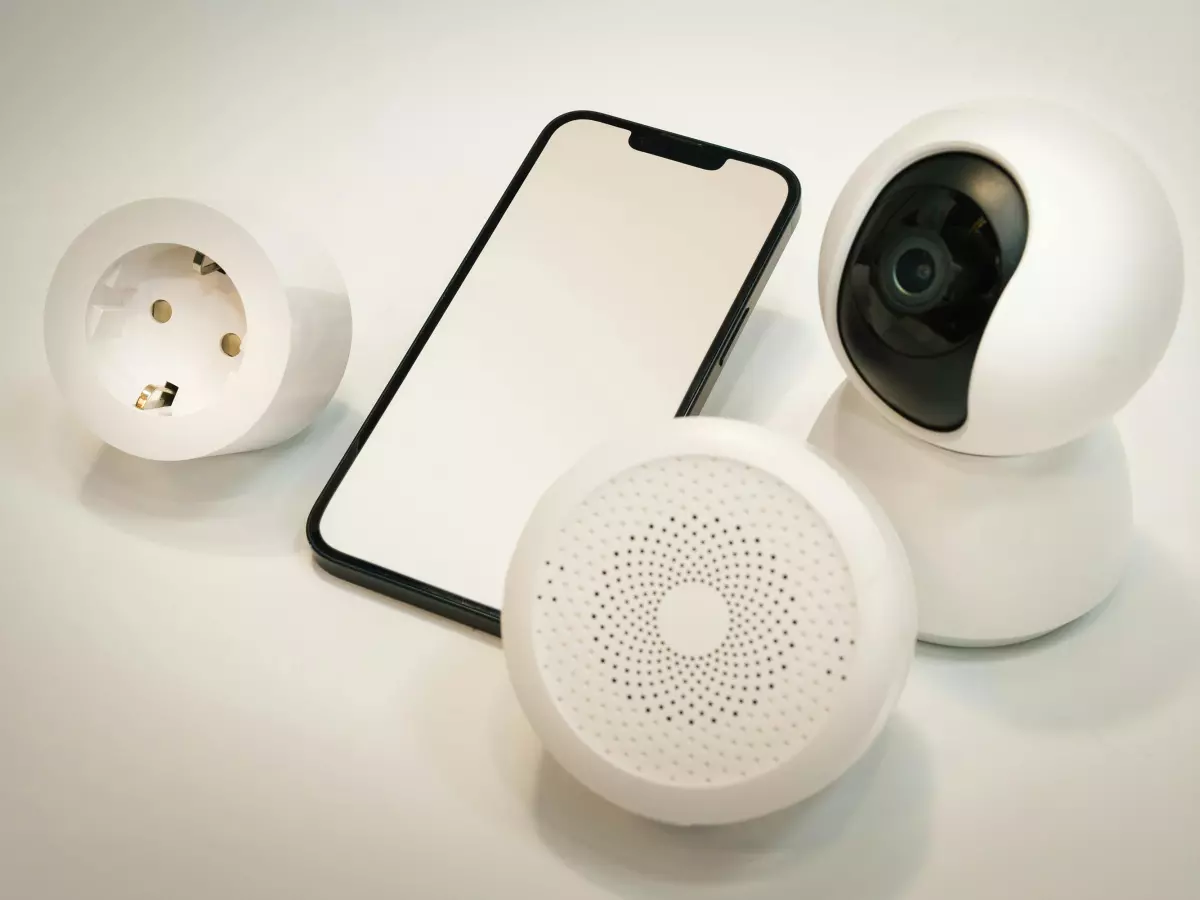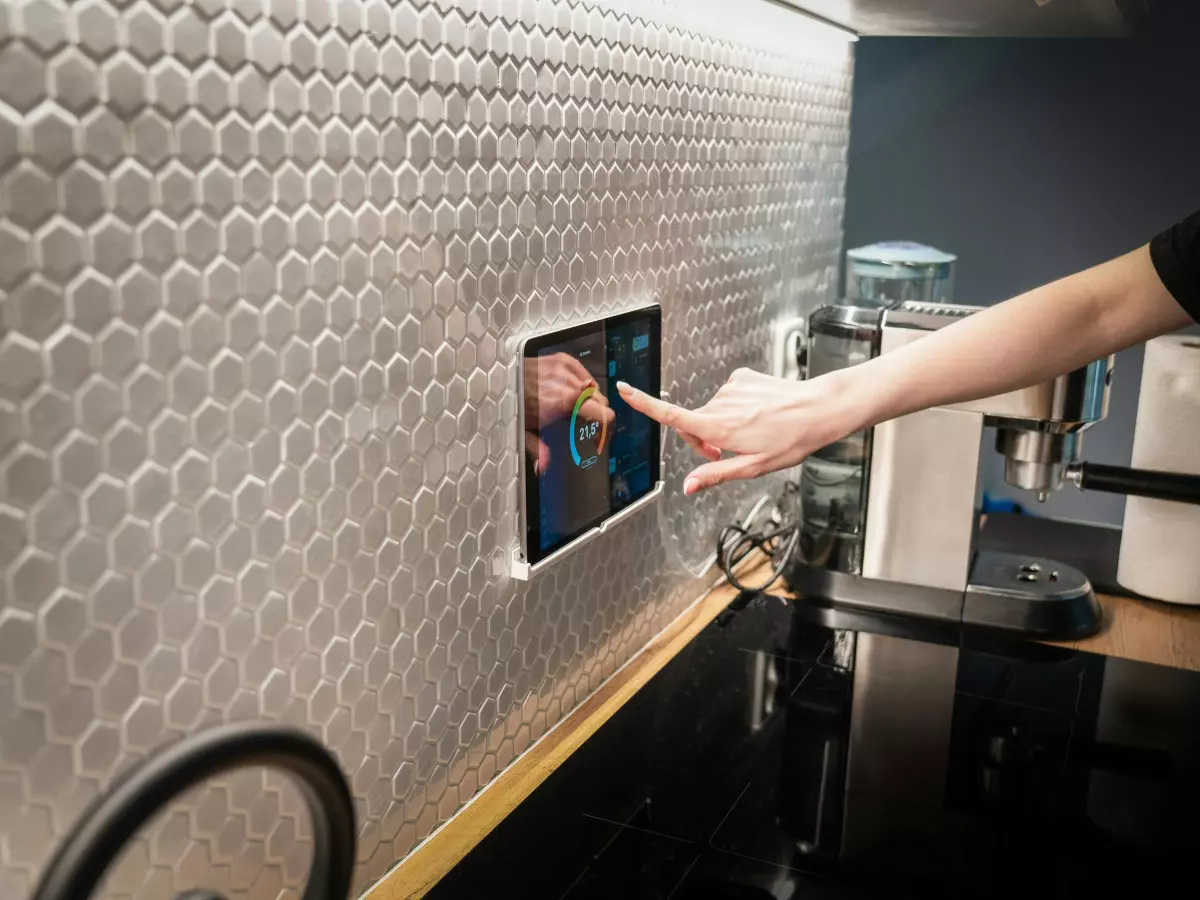Meet Matter
Think your smart home is future-proof? Think again. The Matter protocol might just change everything you thought you knew about smart home connectivity.

By Liam O'Connor
Let’s be honest, the smart home landscape has been a bit of a mess. You’ve got your Zigbee, Z-Wave, Wi-Fi, Bluetooth, and a dozen other protocols all fighting for dominance. And if you’ve ever tried to get your smart thermostat to talk to your smart lights without pulling your hair out, you know exactly what I’m talking about. But what if I told you there’s a new kid in town that promises to make all these headaches go away? Enter: Matter.
For those who haven’t been keeping up with the latest in smart home tech, Matter is a new protocol developed by the Connectivity Standards Alliance (CSA), formerly known as the Zigbee Alliance. It’s designed to be the one protocol to rule them all, bringing together devices from different manufacturers and making them play nice with each other. Sounds too good to be true? Let’s dive into the technical nitty-gritty and see if Matter really lives up to the hype.
What Exactly Is Matter?
Matter is an open-source, royalty-free connectivity standard that’s designed to unify the smart home ecosystem. It’s built on Internet Protocol (IP), which means it can work over Ethernet, Wi-Fi, and even Thread (a low-power, mesh networking protocol). The goal is simple: make sure your smart home devices can communicate with each other, regardless of the brand or platform.
In the past, you might have needed a separate hub for each protocol—one for Zigbee, another for Z-Wave, and yet another for Wi-Fi. With Matter, that’s no longer necessary. It’s designed to work across all major ecosystems, including Amazon Alexa, Google Assistant, and Apple HomeKit. So, whether you’re an Apple fanboy or a Google devotee, Matter has got you covered.
Why Should You Care?
Alright, so what’s the big deal? Why should you care about yet another smart home protocol? Well, Matter isn’t just another protocol—it’s a game-changer. Here’s why:
- Interoperability: Matter is designed to make sure that devices from different manufacturers can talk to each other. No more worrying about whether your new smart lock will work with your existing smart lights.
- Simplicity: Because Matter is built on IP, it can work over your existing network infrastructure. That means fewer hubs, fewer headaches, and a more streamlined setup process.
- Security: Matter has built-in security features, including end-to-end encryption, to make sure your smart home devices are safe from hackers and other bad actors.
- Future-Proofing: Matter is backed by some of the biggest names in tech, including Amazon, Apple, Google, and Samsung. That means it’s not going anywhere anytime soon, and you can rest easy knowing that your smart home devices will continue to work together for years to come.
How Does Matter Compare to Other Protocols?
Now, I know what you’re thinking: “Liam, I’ve already invested in Zigbee or Z-Wave. Do I need to throw everything out and start over?” The good news is, probably not. Matter is designed to work alongside existing protocols, so your current devices should still work just fine. In fact, many manufacturers are already working on firmware updates to make their existing devices Matter-compatible.
That being said, Matter does have some advantages over older protocols. For one thing, it’s built on IP, which means it can take advantage of the same networking infrastructure that powers the internet. That gives it a leg up in terms of speed and reliability. Plus, because it’s an open standard, it’s likely to see broader adoption than proprietary protocols like Z-Wave.
What About Thread?
Thread is another protocol that’s been getting a lot of attention lately, and for good reason. It’s a low-power, mesh networking protocol that’s designed specifically for the smart home. The good news is, Matter and Thread are best friends. In fact, Matter is designed to work over Thread, which means you can take advantage of Thread’s low-power, high-reliability features while still enjoying the interoperability and simplicity of Matter.
So, if you’ve already invested in Thread-enabled devices, you’re in luck. Matter will only make your setup better.
The Future of Smart Homes
So, what does the future hold for Matter and the smart home ecosystem? Well, if everything goes according to plan, Matter could be the key to finally bringing some order to the chaos. With major players like Amazon, Apple, and Google on board, we’re likely to see widespread adoption in the coming years. And as more devices become Matter-compatible, the smart home experience will only get better.
Of course, there are still some challenges to overcome. For one thing, not all devices will be Matter-compatible right out of the gate, so there might be a bit of a transition period. And while Matter is designed to work with existing protocols like Zigbee and Z-Wave, there’s always the possibility of some hiccups along the way.
But overall, the future looks bright. If you’re thinking about upgrading your smart home, it might be worth waiting for Matter-compatible devices to hit the market. After all, who doesn’t want a smart home that just works?
So, is Matter the future of smart home connectivity? It’s looking that way. And if it delivers on its promises, it could finally bring the seamless, interoperable smart home experience we’ve all been waiting for.





